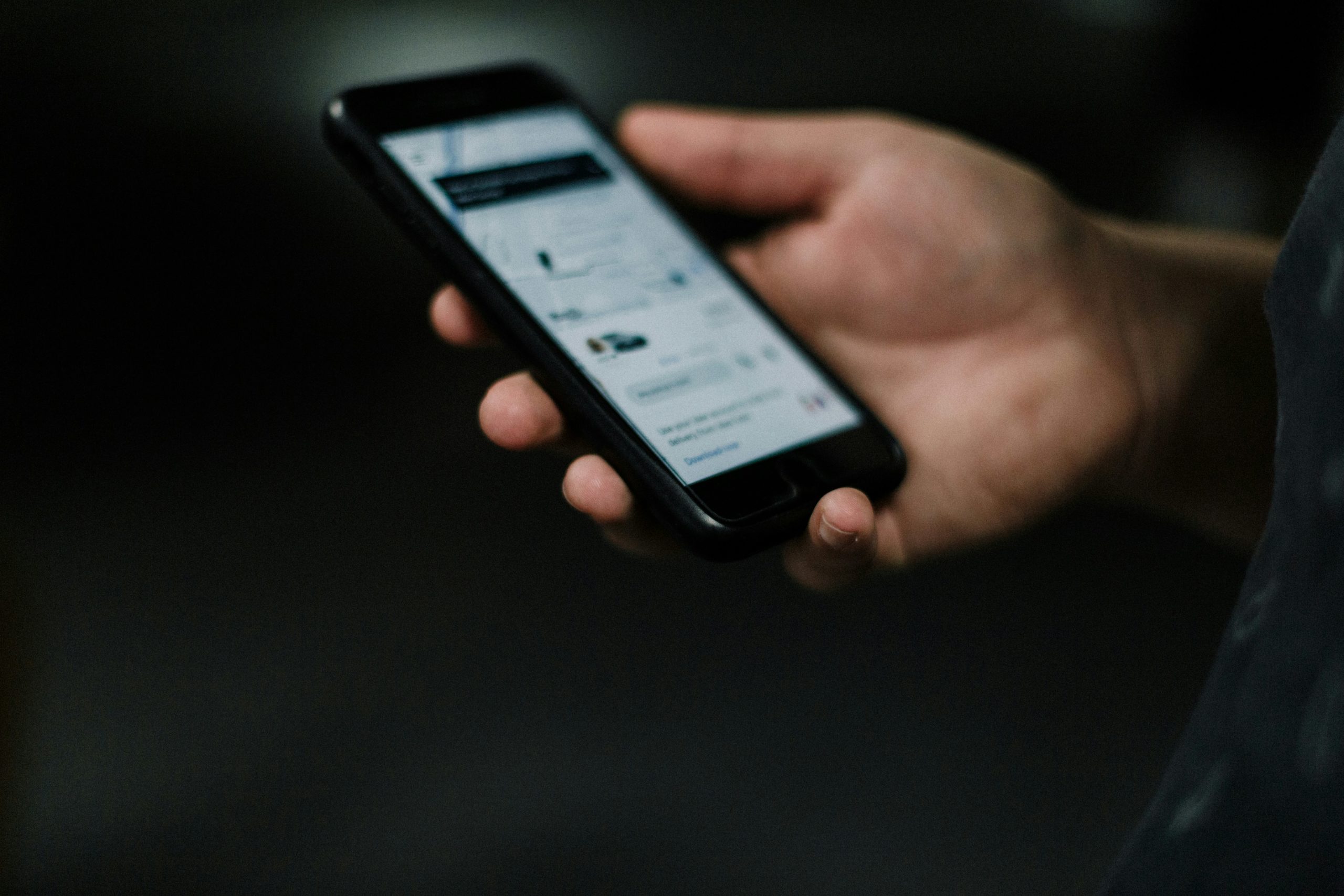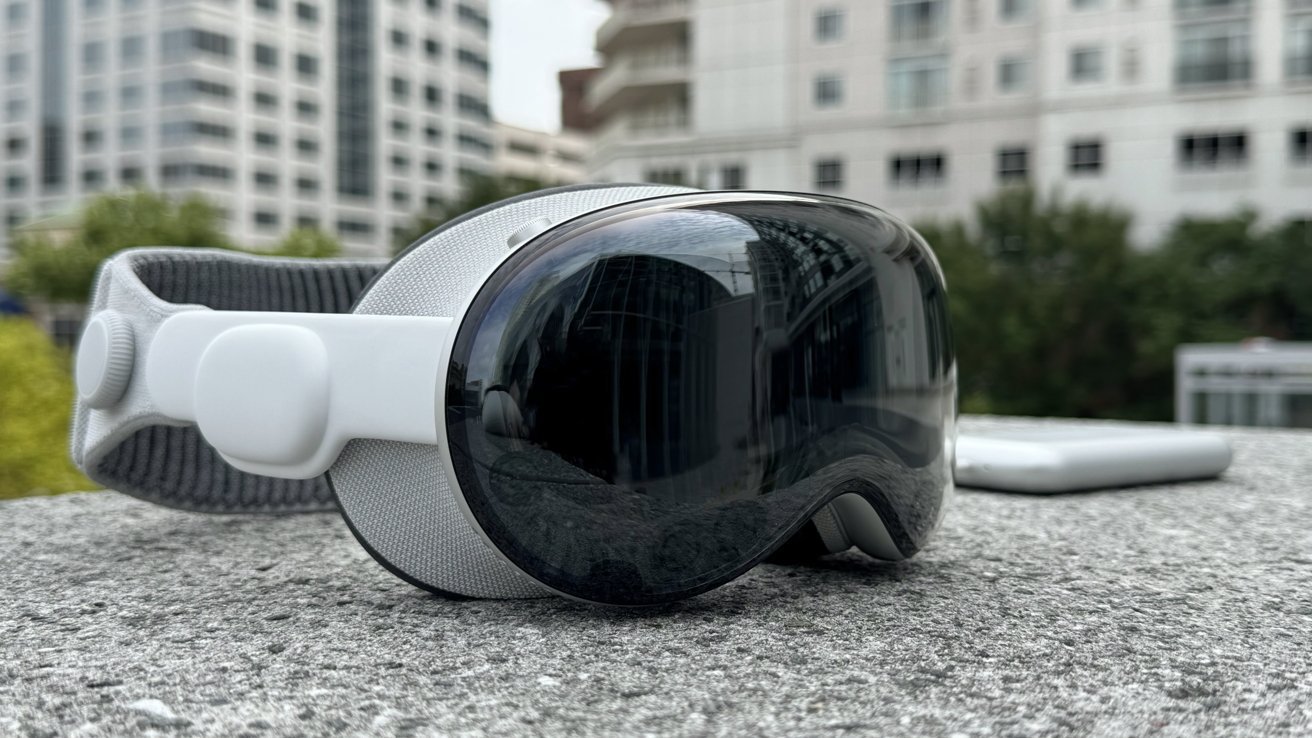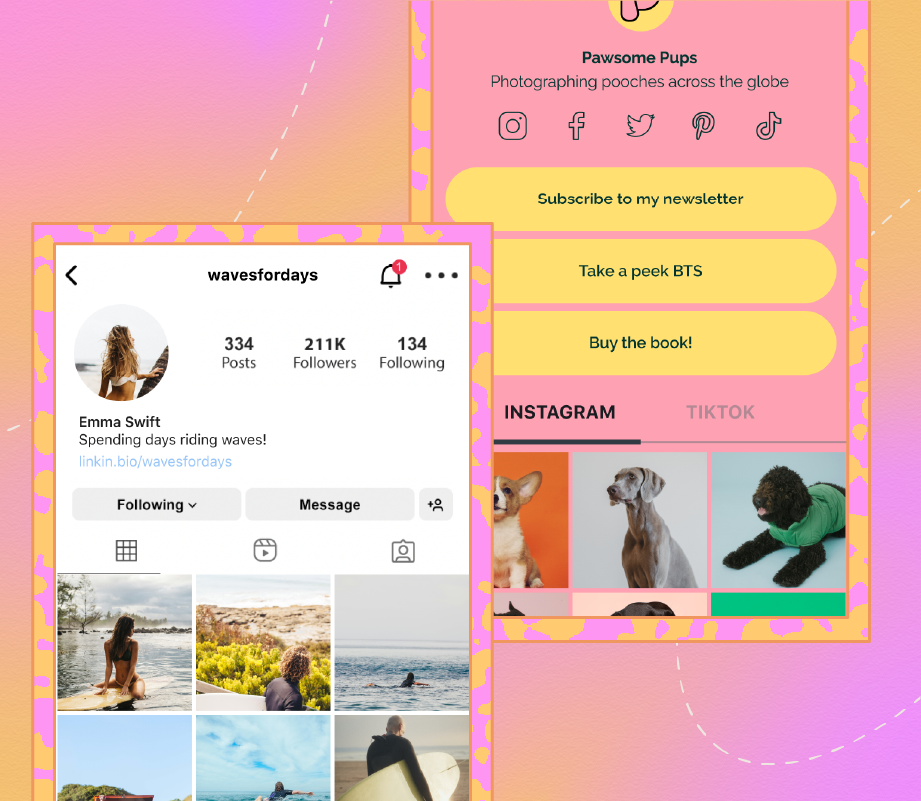Oluwatobi Afolabi took an inDrive trip around Lagos in March 2025. The ride was tense. Her driver ignored directions, grumbled throughout, and dropped her off late. She gave him a two-star rating and moved on. The threats began a few hours later.
The driver had seen her review, tracked her number, and shared it with other drivers, accusing her of working with government task forces. Soon, a deluge of calls and messages poured in, many of them abusive and threatening. Afolabi contacted inDrive.
Their response? “Block the numbers,” and a vague confirmation that the driver’s account had been restricted. She was not informed if the company opened an investigation nor given any assurances he’d been removed from the app. There was no follow-up either, not even after she reached out to the company’s country manager on LinkedIn.
For Afolabi, and a lot of users, this episode raised a concerning question: what do ride-hailing companies do with our complaints?
Across Nigerian cities, ride-hailing services have become embedded in daily life, so much so that the local market is anticipated to generate revenue of $303.1 million in 2025, with an annual growth rate of 11.9%. As the industry expands, so do questions about the systems in place when rides go wrong. Users of these ride-hailing platforms like Uber, Bolt, and inDrive, go in with an assumption that if anything goes wrong, there is a system in place to provide support. The apps promise safety measures through support channels and in-app safety features, like ride tracking and emergency buttons.
Yet, when something does go wrong, users often describe the resolution process as patchy, opaque, or non-existent.
Ifeanyi Anah’s most recent inDrive ride in Lagos ended in chaos. The driver, upset over a fare dispute, raised his hand at her friend during an argument. When she filed a complaint through the app, she described their response as “the usual robotic: we’ll look into it.” The chat ended soon after. “If you leave the app for a few seconds they close the conversation because you have not answered on time,” she recalled.
In early 2025, in Ibadan, Esther* was verbally assaulted by an inDrive driver over the fare and ordered out of the car. She submitted a complaint within 24 hours, expecting to hear back. She never did.
After completing over 700 rides in a year with Uber, Lagos-based driver Chijioke Ephraim says he was repeatedly blocked from taking trips without an explanation. He sent several complaints which were not responded to. “Even if I call [them], nothing will happen.” He had to leave the app altogether.
Behind a ride-hailing complaint button
Conversations with Bolt and inDrive reveal that each platform has its internal process designed to review and escalate such reports, but the process begins in the same way.
Both companies state that their complaint system is built to respond quickly and thoroughly, depending on the severity of the issue. They claim the process is more intensive for high-risk complaints, which are flagged to specialised safety agents. In many cases, the reported party, usually the driver, is temporarily suspended from accepting trips. At the same time, the team investigates, including reaching out to both parties for statements, reviewing trip data, location history, and assessing prior reports.
“We try to engage both parties and then resolve the issue,” Efetobore Asagba, Safety Incident Manager for Bolt West Africa, said. The company admits, however, that there are instances where serious cases have been mishandled internally, particularly when such cases are assigned to non-safety agents. Bolt maintains that it reviews process gaps and offers follow-up calls, apologies, or insurance-backed reimbursements, particularly where users experience losses.
inDrive claims that users are kept updated throughout the investigation and that each case is treated with urgency. “We give the highest priority to complaints involving safety,” Lineo Thakhisi, PR Manager for inDrive Africa, said. Both companies maintain that users can report incidents via in-app tools, email, or by visiting their offices, and that specialised teams handle the most serious cases.
Asagba recounts a specific security-related complaint that Bolt had to take action. In Lagos, drivers complained of a dangerous neighbourhood. Bolt escalated it to the police. The company also ensured drivers were notified in-app that rides ordered from that area should be ignored because of the insecurity.
Even with these systems in place, the outcomes of these processes are rarely visible to users. And for them, this often translates to silence.
Where the system breaks
Users’ experiences shared across ride-hailing platforms point to a pattern, one of systemic gaps and failures. inDrive claims that 99.99% of its trips in Africa are completed without any incident. But at the scale it now operates across major Nigerian cities and with over 200 million global downloads, that 0.01% can quickly add up to thousands of unresolved or mishandled complaints.
With an estimated 47 million users across Africa, Bolt serves a significant user base. Yet, for its Nigerian and West African market combined, the company says it has a customer support team of 60-80 people handling complaints—a number that raises questions about the company’s resolution capacity, especially when safety is at stake. This may be why some users believe that ride-hailing companies often pick and choose the complaints to act on or take seriously.
Chris Adeleke, who drives for Bolt, Uber, and inDrive claims that although there are options to make reports, only serious complaints are responded to. “If the complaint is not serious, they overlook it,” he states.
Ifeoluwa says she reported a stolen laptop and clothing to Uber in 2023. The company told her nothing could be done without a police report, citing that there was not enough proof that the driver stole the items. “They ignored me. They didn’t reach out at all. They didn’t even investigate the issue,” she said.
User experiences reflect a broader issue that customers often feel their reports are ignored or not taken seriously, like they are being left out of the loop in their own complaints. Even when support does respond, users describe the replies as cold or robotic, believing that their complaints were being handled by automated systems rather than real people. “It felt dismissive,” Esther said about the response to her complaint and wished there was a more “empathetic, human response.”
When the system fails, users adapt
Out of mistrust, users (riders and drivers) have begun to create their own safety nets. For riders, this can mean sharing plate numbers with friends before going on a trip. Drivers, too, are taking precaution. Adeleke now calls riders before pickup to gauge their tone. To avoid problems that escalate to making reports, he says that when he gets a hint of aggression, he cancels the ride “because I know there’s going to be a problem on the way.”
Some users have walked away entirely. Afolabi deleted her inDrive account after her doxxing episode with drivers on the app. “I haven’t used inDrive since then. Even if I have to trek, I’m never going to use it again,” she said. Former Uber driver Chijioke, who says he was blocked without explanation, also gave up. “I have not gone back to Uber again. I have the platform, but I don’t want to do their business.”
Many turn to social media as a last resort, like Afolabi, who took to X (formerly Twitter) to share her story. Or Ifeoluwa, who tweeted about her stolen items after hearing nothing from Uber, only to be met with silence again. “That was how the case ended. They [swept] it under the table.”
These are not solutions. Rather, they are improvisations, self-protection in a system that they say often leaves them hanging, even after promising safety.
Ride-hailing companies say they provide reporting tools, support teams, and safety protocols to protect their users. But for riders like Afolabi, and drivers like Chijioke, these systems feel distant or non-existent. When the gap between complaint and consequence feels too wide, the result is fragile trust—one that begins to erode quietly, and then all at once.
The apps insist they’re listening. The users aren’t so sure.
*Names have been changed
Mark your calendars! Moonshot by is back in Lagos on October 15–16! Join Africa’s top founders, creatives & tech leaders for 2 days of keynotes, mixers & future-forward ideas. Early bird tickets now 20% off—don’t snooze! moonshot..com










